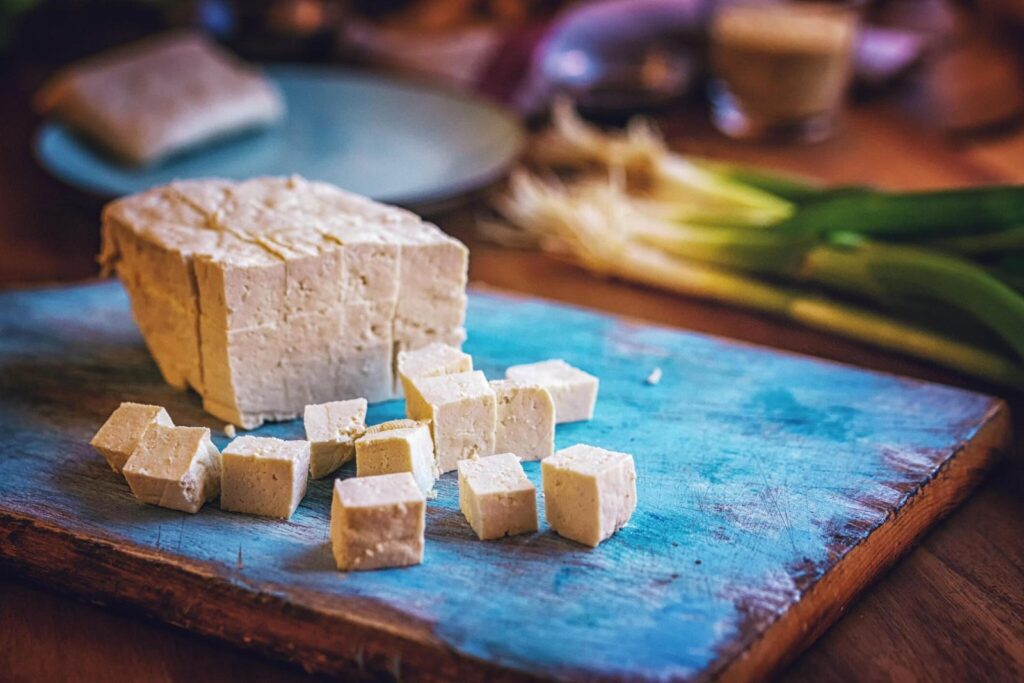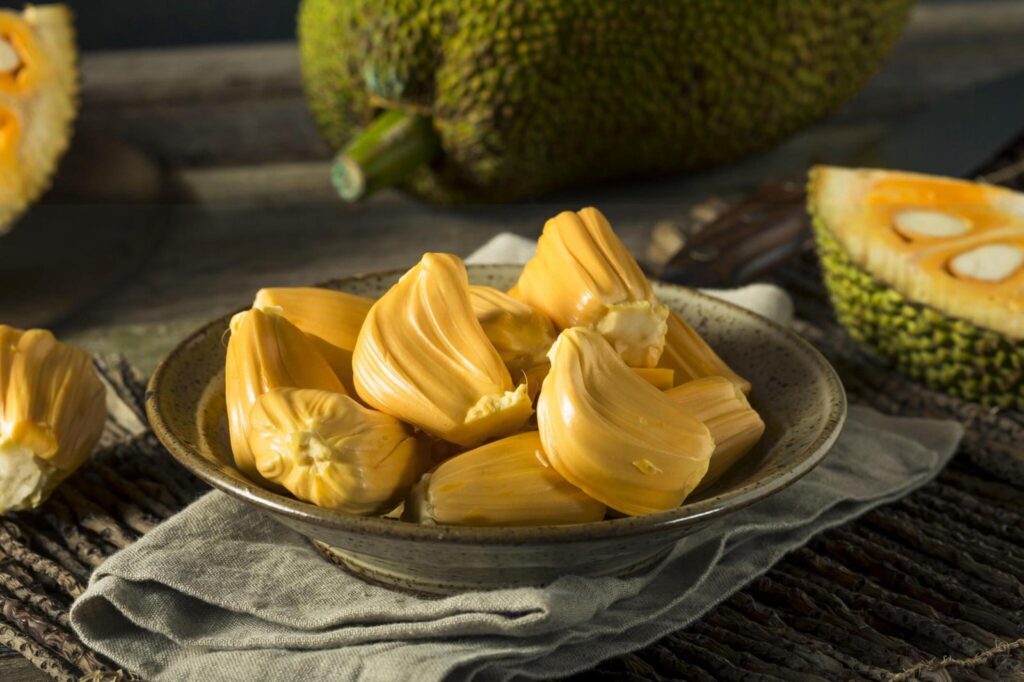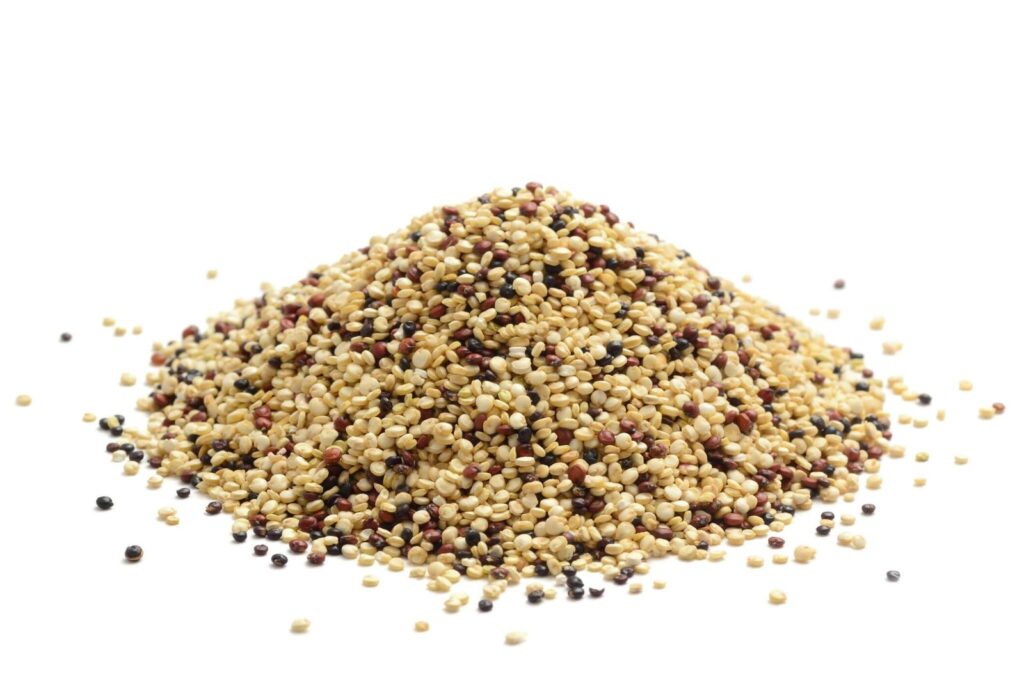As global environmental awareness grows, an increasing number of individuals are seeking avenues to diminish their carbon footprint and adopt a more sustainable way of life. One of the biggest contributors to climate change is the meat industry, which is responsible for a significant amount of greenhouse gas emissions, deforestation, and water pollution. Fortunately, there are many delicious and nutritious meat alternatives available that can help reduce our impact on the planet. In this article, we will explore the top 10 meat alternatives for a sustainable future.
1. Why Choose Meat Alternatives?
1.1 Reduce Greenhouse Gas Emissions

The production of meat, particularly beef, is a major contributor to greenhouse gas emissions. Livestock farming produces methane, a potent greenhouse gas that is 25 times more damaging than carbon dioxide. By choosing meat alternatives, we can significantly reduce our carbon footprint and help combat climate change.
1.2 Preserve Natural Resources
The production of meat necessitates a substantial allocation of resources, encompassing land, water, and feed. In fact, it takes approximately 1,800 gallons of water to produce just one pound of beef. By choosing plant-based alternatives, we can help preserve these valuable resources and reduce our impact on the environment.
1.3 Improve Animal Welfare

Many people choose to reduce or eliminate their meat consumption because of ethical concerns about the treatment of animals in the meat industry. By choosing meat alternatives, we can help reduce the demand for factory farming and improve the welfare of animals.
2. Top 10 Meat Alternatives
2.1 Tofu

Tofu, a renowned meat substitute derived from soybeans, serves as a versatile ingredient adaptable to various culinary preparations, ranging from stir-fries to sandwiches. Tofu is a good source of protein, iron, and calcium, making it a nutritious choice for those looking to reduce their meat consumption.
2.2 Tempeh

Tempeh is another soy-based meat alternative that is gaining popularity. Crafted from fermented soybeans, it boasts a nutty, subtly tangy taste. Tempeh is a good source of protein, fiber, and probiotics, making it a healthy addition to any diet.
2.3 Seitan

Seitan, also known as wheat gluten, is a popular meat alternative for those following a vegan or vegetarian diet. It possesses a chewy texture and can be seasoned and flavored to emulate the taste of meat. Seitan is a good source of protein and iron, making it a nutritious choice for those looking to reduce their meat consumption.
2.4 Jackfruit

Jackfruit is a tropical fruit that has gained popularity as a meat alternative because of its texture and ability to absorb flavors. When cooked, jackfruit has a texture similar to pulled pork and can be used in dishes such as tacos, sandwiches, and curries. A good source of fiber and vitamin C, making it a healthy choice for those looking to reduce their meat consumption.
2.5 Lentils
Lentils, being a versatile legume, offer a meat alternative option suitable for a wide array of culinary creations. They are a good source of protein, fiber, and iron, making them a nutritious choice for those looking to reduce their meat consumption. Lentils serve versatile culinary purposes, suitable for incorporation into soups, stews, curries, or even shaping into patties for burger preparations.
2.6 Chickpeas
Chickpeas, also known as garbanzo beans, are another versatile legume that can be used as a meat alternative. They are a good source of protein, fiber, and iron, making them a nutritious choice for those looking to reduce their meat consumption. Chickpeas find utility in a variety of dishes, including falafel, hummus, and curries.
2.7 Mushrooms
Mushrooms are a popular meat alternative because of their meaty texture and ability to absorb flavors. Portobello mushrooms, in particular, are often used as a substitute for burgers or steaks. Mushrooms are a good source of protein, fiber, and antioxidants, making them a healthy choice for those looking to reduce their meat consumption.
2.8 Quinoa

Quinoa is a nutritious grain that is often used as a meat alternative because of its high protein content. It finds application in a variety of dishes, ranging from salads and stir-fries to burgers.
Quinoa is also a good source of fiber, iron, and magnesium, making it a healthy addition to any diet.
2.9 Nuts and Seeds
Nuts and seeds, including almonds, cashews, and pumpkin seeds, represent a notable reservoir of protein and beneficial fats. They can be used as a meat alternative in dishes such as nut-based burgers, meatballs, and meatloaf. Nuts and seeds are also good sources of vitamins and minerals, making them a nutritious choice for those looking to reduce their meat consumption.
2.10 Plant-Based Meat Alternatives
Many plant-based meat alternatives are now available on the market, such as Beyond Meat and Impossible Foods. These products are made from plant-based ingredients and are designed to look, taste, and cook like real meat. They are a good source of protein and can be used in a variety of dishes, making them a convenient and tasty option for those looking to reduce their meat consumption.
3. How to Incorporate Meat Alternatives into Your Diet
3.1 Experiment with Recipes
Countless recipes available online use meat alternatives as the main ingredient. Experiment with different recipes to find ones that you enjoy and that fit your dietary needs.
3.2 Try Meatless Mondays
The concept of Meatless Mondays has gained popularity, with individuals opting to abstain from meat consumption for one day each week. This is a great way to incorporate meat alternatives into your diet and reduce your overall meat consumption.
3.3 Replace Meat with Alternatives
When cooking your favorite dishes, try replacing the meat with a plant-based alternative. For example, use lentils instead of ground beef in your spaghetti sauce or use tofu instead of chicken in your stir-fry.
4. Where to Buy

Abel & Cole is a UK-based company that specializes in delivering organic and sustainable food products, including fresh produce, meat, fish, and meat alternatives. They offer a wide range of plant-based meat alternatives, catering to individuals looking for sustainable protein options. Their commitment to organic and ethically sourced ingredients aligns with their mission to provide high-quality and environmentally conscious food choices to their customers.
5. Conclusion
Choosing meat alternatives is a simple and effective way to reduce our impact on the environment and improve our health. With so many delicious and nutritious options available, there has never been a better time to incorporate meat alternatives into our diets. By implementing minor adjustments in our dietary selections, we can contribute to the establishment of a more sustainable future for forthcoming generations.
A balanced diet is essential for a better quality of life. Let’s work together to create a more sustainable world for future generations. Click here to learn more.

